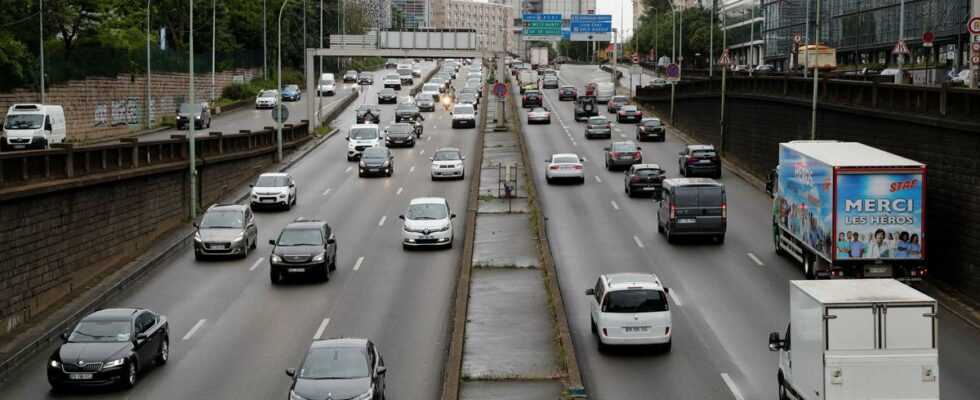The level of congestion on the main road network fell by 9% in March compared to February.
Should we see the effect of soaring fuel prices, driven by the war in Ukraine? In March, traffic jams observed in Île-de-France were down, according to data from the Paris Region Institute, relayed by The Parisian. Compared to February, the level of congestion on the main Ile-de-France road network has indeed fallen by 9%.
Read alsoWhy car prices are soaring
Since the beginning of the year, however, the mileage of traffic jams in the Paris region has been on the rise. In the last week of February, this indicator even rose well above its level in the first week of March 2020 (+16%), just before the Covid-19 pandemic, which serves as the basis for calculation. In March, traffic jams in the Ile-de-France region were on the contrary 16% lower than their level in March 2019.
“The decrease in traffic jams in March, factual, is difficult to interpret, as it depends on multiple factors. But we can assume that the exceptional increase in fuel prices is part of the explanation“, explains to Parisian Dany Nguyen-Luong, director of the mobility and transport department of the Paris Region Institute. Prices at the pump had reached historic records in mid-March – diesel like gasoline exceeding the two euro per liter mark – before falling again in April thanks to the government rebate of 15 to 18 centimes per liter.
“Strong recovery” of carpooling
The surge in fuel prices may also explain the exceptional level reached by carpooling in March. “At the end of March, carpooling traffic reached its highest level (apart from the SNCF/RATP strike period of December 2019) since the counts exist», emphasizes the Paris Region Institute, for which «the exceptional increase in fuel prices has encouraged soloists to share trips by car to reduce their transport budget“.
Read alsoFuels: prices at the pump are on the rise again
In numerical terms, the increase in March amounts to +15% compared to February. A “strong recoveryvisible since mid-January. But carpooling still represents a very small minority of home-work journeys: just over 7,000 per day according to data from the regional agency, out of millions of daily journeys. But only carpooling organized via dedicated platforms is counted here.
